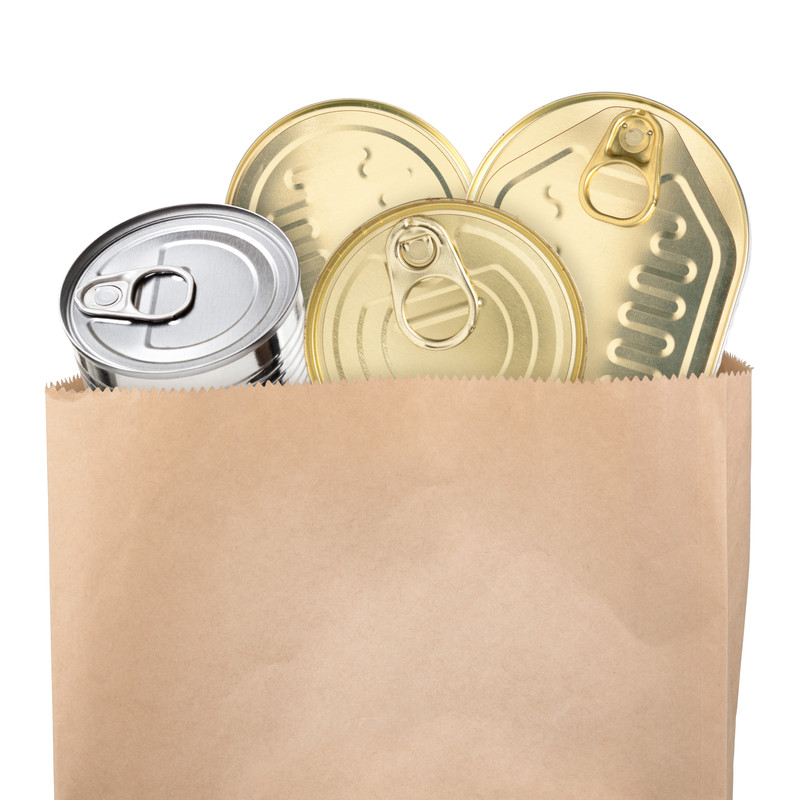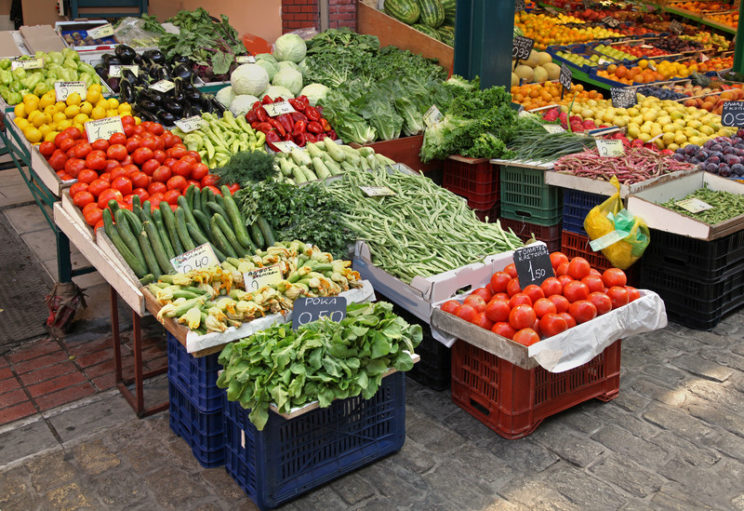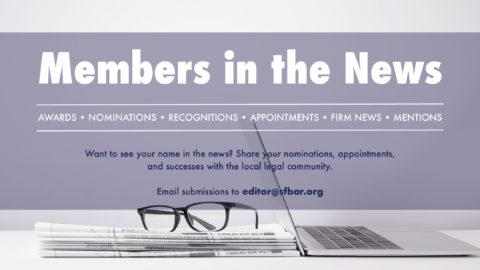 Earlier this month, President Trump unveiled his budget plan, which proposes more than $200 billion in cuts to the nation’s supplemental food program (known, in California, as CalFresh). In California, where nearly one out of four children lives in food-insecure households, the proposed cuts will cause irreparable harm to our state’s most vulnerable residents.
Earlier this month, President Trump unveiled his budget plan, which proposes more than $200 billion in cuts to the nation’s supplemental food program (known, in California, as CalFresh). In California, where nearly one out of four children lives in food-insecure households, the proposed cuts will cause irreparable harm to our state’s most vulnerable residents.
In San Francisco, where 23 percent of residents struggle with hunger, the proposed cuts and changes to this vital program are troublesome and, in many ways, perplexing.
For instance, approximately $130 million of the cuts would result from a shift to a food delivery model, replacing existing benefits with a “Harvest Box.” Mick Mulvaney, White House budget director, described the food boxes as a “Blue-Apron-type program”, referring to the meal-delivery kit company that allows customers to choose fresh ingredients and recipes, to be delivered to their door step.
Unlike Blue Apron, the proposed “Harvest Boxes” would take away food choices and, more importantly, fresh fruits and vegetables from recipients. Currently, families and individuals who receive CalFresh, receive their monthly benefits on a special debit card that lets them purchase food at participating grocery stores and local businesses. Under Trump’s proposal, much of this benefit would be replaced with a standardized box of food that includes “shelf-stable milk, ready to eat cereals, pasta, peanut butter, beans, canned fruits or vegetable.”
“How would these food boxes be distributed?” wonders Teresa Friend, Director of the Homeless Advocacy Project (HAP), the largest of the Justice & Diversity Center’s many programs, serving more than 2,000 people every year who are homeless or at risk of homelessness. Together with Julie Rosenthal, HAP’s Director of Social Services, Friend brings up the countless questions this proposed shift in food delivery raise.
From their perspective of working with homeless people, this proposal could leave many individuals facing even greater hunger problems. For instance, HAP clients usually don’t have an address to receive a delivery or a place to store a large box of food. A big box of food would also be difficult to carry around, not to mention that many homeless individuals and families have no access to cooking facilities.
Trump’s proposal is vague on how the delivery model would work, exactly, leaving logistics to be worked out by the individual states. Which agencies might be burdened with the distribution is yet another question that remains unanswered, as Friend points out.
There is also the issue of food allergies and cultural preferences, says Rosenthal. Eliminating food choices could result in many individuals getting sick or not getting enough to eat. In addition, the proposal does not honor the fact that different cultures eat differently, as the proposed “Harvest Boxes” appear to provide the same food to all recipients.
The proposal appears to suggest that food assistance recipients cannot be trusted to make their own nutritional choices and restricts choice over what people eat and feed their families. Furthermore, it would needlessly complicate and restructure the delivery of benefits, favoring a government-driven approach to the existing, successful public-private partnership with local stores and businesses.
To learn more about the mission of the Justice & Diversity Center’s Homeless Advocacy Program, please visit the website: www.sfbar.org/hap


